Top Things to Know Before Buying a Hydroponic Indoor Garden
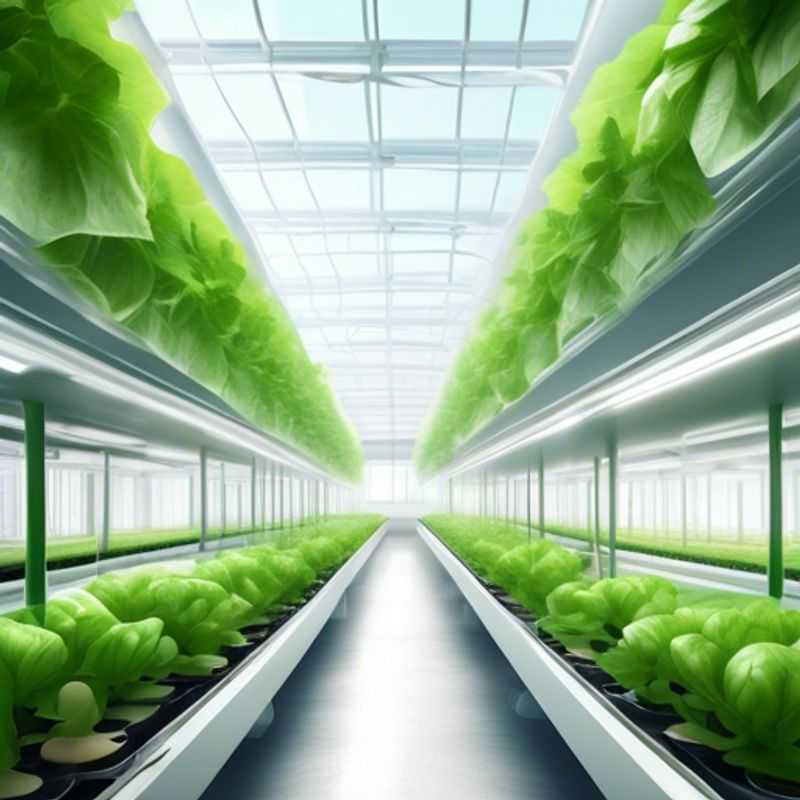
Top Things to Know Before Buying a Hydroponic Indoor Garden
Hydroponic indoor gardens offer a sustainable and efficient way to grow fresh produce year-round. Before embarking on this exciting journey, however, it's crucial to understand the fundamentals to ensure success. Here are the top things to know before buying your hydroponic indoor garden:
1. Understand the different types of hydroponic systems: Each system has its own advantages and disadvantages. Research options like deep water culture (DWC), ebb and flow, drip irrigation, and aeroponics to find the best fit for your needs and experience level.
2. Research the specific plants that can thrive in a hydroponic indoor garden: Not all plants are suited for hydroponic growth. Some popular choices include leafy greens, herbs, and strawberries. Consider factors like light requirements, water needs, and growth cycles.
3. Ensure the grow lights provide the appropriate spectrum and intensity for your plants: Plants need specific wavelengths of light for optimal growth. LED grow lights offer energy efficiency and spectrum control, while fluorescent lights provide a more affordable alternative.
4. Properly maintain the pH and nutrient levels in the water to optimize plant growth: Plants absorb nutrients from the water solution. Regular monitoring and adjustments are essential to maintain the correct pH and nutrient balance for healthy plant development.
5. Consider the space requirements and plan the layout of your indoor garden accordingly: Determine the size of your growing area and choose a hydroponic system that fits. Planning the layout allows you to optimize space and ensure adequate airflow for your plants.
6. Be prepared to monitor and adjust the temperature, humidity, and airflow in the grow area: Maintaining optimal environmental conditions is crucial for healthy plant growth. Monitor temperature, humidity, and airflow regularly and adjust as needed.
7. Learn how to properly transplant seedlings and cuttings into the hydroponic system: Transitioning plants from soil to a hydroponic environment requires careful handling. Proper transplanting techniques help ensure a smooth transition and minimize stress on the plants.
By understanding these key factors, you can make informed decisions when purchasing your hydroponic indoor garden, ensuring a rewarding and productive experience. Remember, the journey of growing your own fresh produce is both challenging and rewarding, and with careful planning and a little patience, you'll soon be enjoying the fruits of your labor.
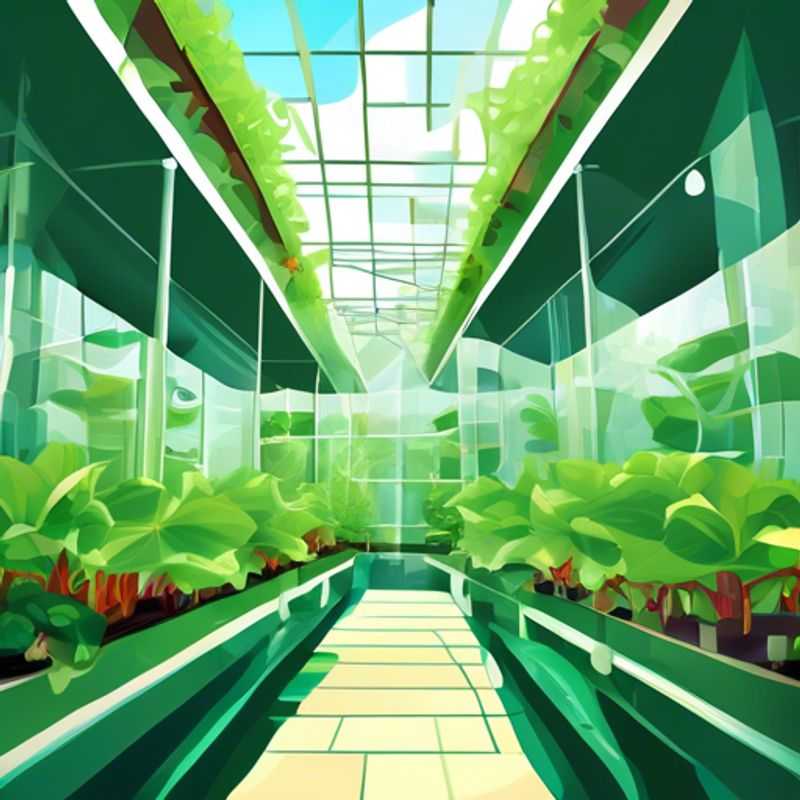
Hydroponic Systems: Choosing the Right Setup for Your Needs
Hydroponics is a method of growing plants without soil, using a nutrient-rich water solution. There are several different hydroponic systems, each with its own advantages and disadvantages. Here's a quick overview to help you choose the best one for your needs:
Deep Water Culture (DWC) is a simple system where plants are suspended in a nutrient-rich water solution. It's easy to set up and maintain, but can be susceptible to root rot if not managed properly.
Nutrient Film Technique (NFT) uses a thin film of nutrient solution that constantly flows over the plant roots. NFT is highly efficient, but requires a pump and plumbing system, adding to the cost.
Ebb and Flow (Flood and Drain) systems flood the plant roots with nutrient solution for a period, then drain the excess. This method offers good oxygenation, but requires a timer and a reservoir to hold the solution.
Wick System uses a wick to draw nutrient solution up to the plant roots. This is a low-maintenance system, but it's not ideal for larger plants.
Aeroponics is a system where plant roots are suspended in the air and sprayed with a nutrient mist. Aeroponics is highly efficient and promotes faster growth, but requires a more complex setup.
The best hydroponic system for you will depend on your budget, space available, and the type of plants you want to grow. Consider the following factors when choosing:
Cost: DWC systems are generally the cheapest to set up, while aeroponics systems can be more expensive. Maintenance: Wick systems require minimal maintenance, while NFT systems require more frequent monitoring. Space: DWC and NFT systems can be compact, while ebb and flow systems require more space. Plant Type: Some systems, such as wick systems, are not suitable for large plants.
Remember, starting with a small system and upgrading as needed can be a cost-effective approach. Research thoroughly and choose a system that meets your needs and budget.
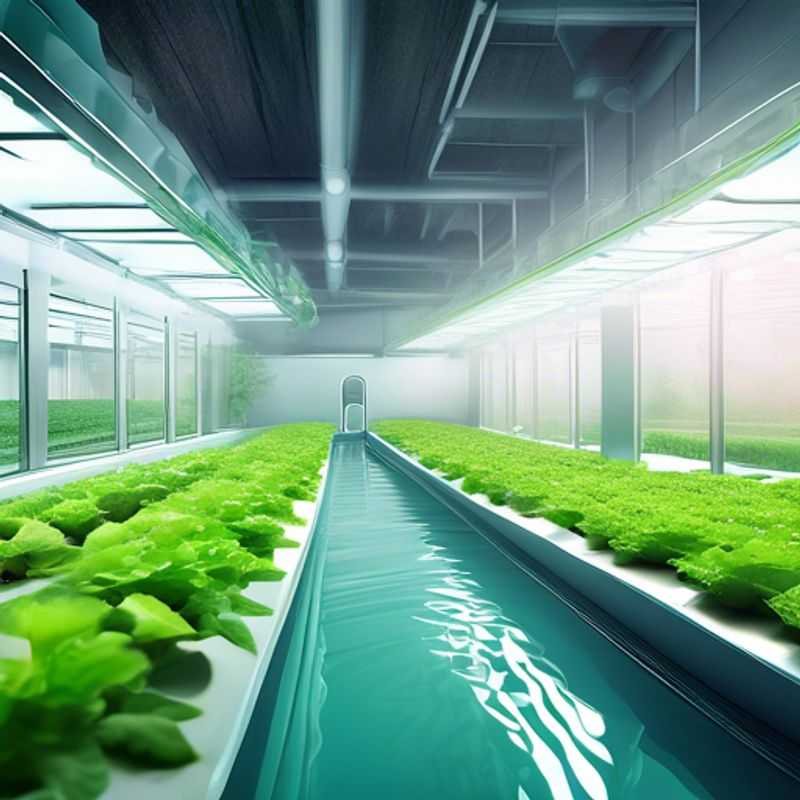
Hydroponic Gardening: Choosing the Right Plants for Indoor Success
When setting up an indoor hydroponic garden, selecting the right plants is crucial for success. Consider factors like your available space, lighting conditions, and desired harvest.
Leafy greens like lettuce, spinach, and kale are popular choices. They thrive in hydroponic systems and require minimal space. Herbs like basil, mint, and parsley are also excellent options, adding flavor to your meals.
For larger yields, consider fruiting vegetables like tomatoes, peppers, and strawberries. These plants require more space and light, but the rewards are worth it.
Research the specific plant varieties and their growth requirements before starting. This includes optimal temperature, humidity levels, and nutrient needs.
Remember, successful hydroponic gardening involves careful planning and research. With the right plants and a well-maintained system, you can enjoy fresh, homegrown produce all year round.
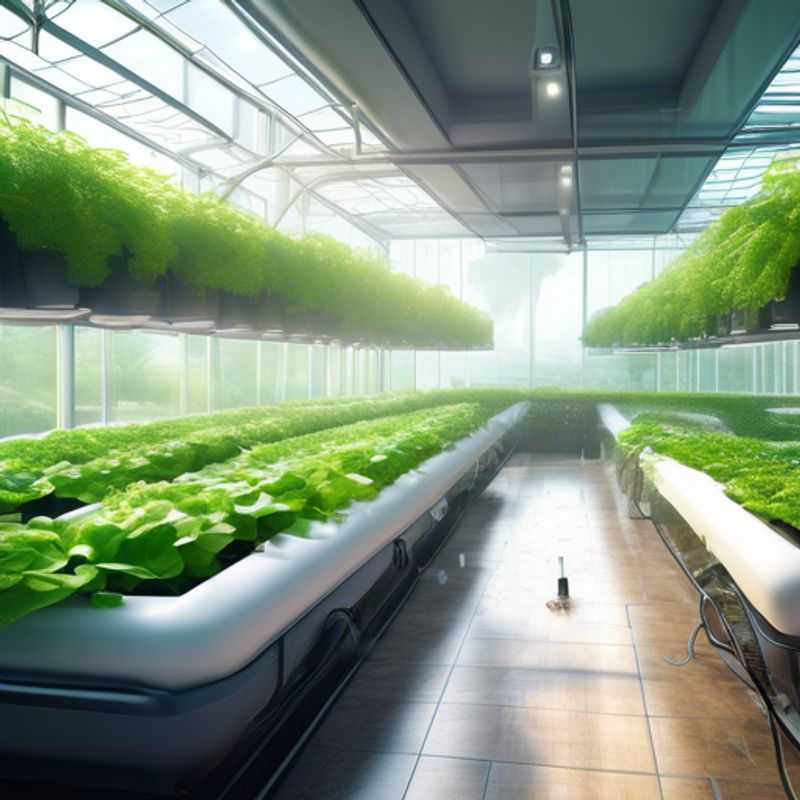
Fine-Tuning Your Grow Lights: Spectrum and Intensity for Optimal Plant Growth
Grow lights are an essential tool for indoor gardeners, providing the light plants need to thrive. Choosing the right grow lights requires understanding the spectrum and intensity of light needed for your specific plants.
Spectrum refers to the different wavelengths of light, each with its own effect on plant growth. Red and blue light are essential for photosynthesis, while far-red light encourages flowering. Full-spectrum grow lights mimic natural sunlight, providing all the necessary wavelengths.
Intensity, measured in lumens or PAR (photosynthetically active radiation), determines how much light your plants receive. The intensity needed depends on the plant species and its growth stage.
For seedlings and vegetative growth, a lower intensity is often sufficient. As plants mature and enter flowering, they require higher intensity to thrive.
Consider investing in a light meter to accurately measure the intensity of your grow lights and adjust them as needed for optimal plant growth.
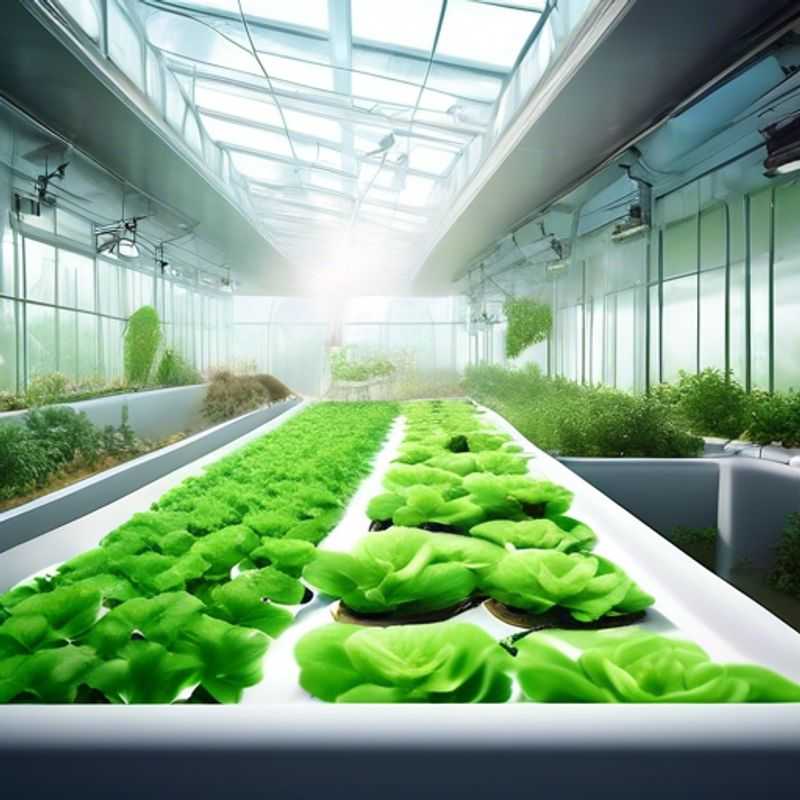
Mastering the Water Chemistry: Optimizing pH and Nutrients for Plant Growth
Maintaining the optimal pH and nutrient levels in your hydroponic system is crucial for maximizing plant growth. pH, the measure of acidity or alkalinity, affects nutrient uptake and availability. Most plants thrive in a slightly acidic range between 5.5 and 6.5. Nutrients, like nitrogen, phosphorus, and potassium, are essential for plant development. Regular monitoring of pH and nutrient levels using a pH meter and a nutrient testing kit is essential.
To adjust pH, you can use pH up solutions (alkaline) or pH down solutions (acidic). Adding a buffer solution can help stabilize pH fluctuations. Nutrient solutions can be purchased pre-mixed or created by dissolving specific salts. Follow a balanced nutrient schedule based on your plant's stage of growth.
Regular water changes are essential to prevent nutrient buildup and maintain a balanced environment. Regularly clean your hydroponic system to prevent algae and bacterial growth. By closely monitoring and adjusting pH and nutrient levels, you can provide the optimal environment for your plants to thrive.
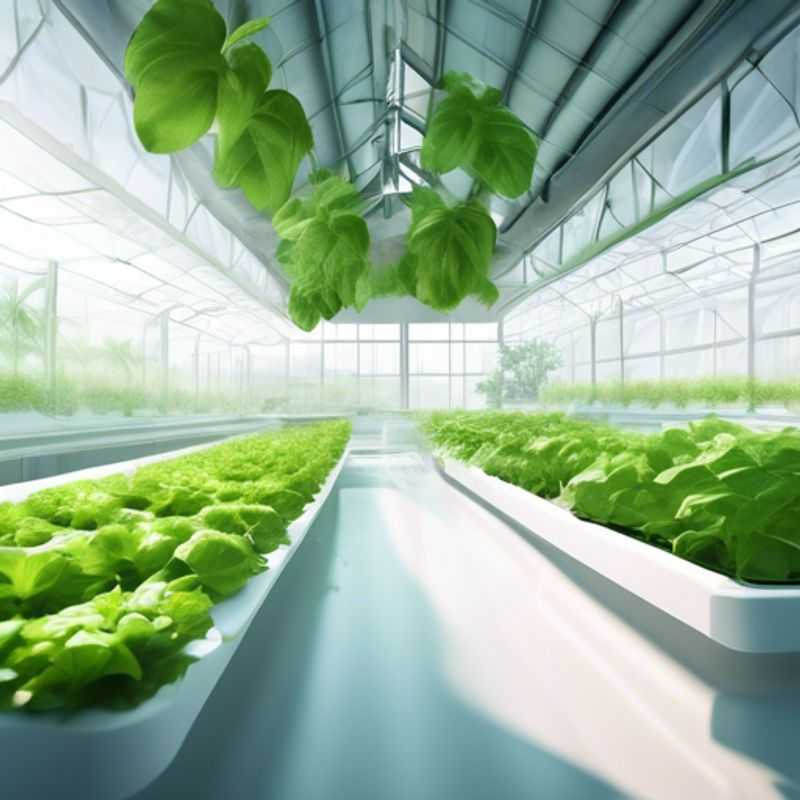
Designing Your Indoor Garden: Space Planning for Success
Before diving into the exciting world of indoor gardening, it’s crucial to think about the space you have available and how you’ll arrange your plants. A well-planned layout maximizes space and ensures your plants thrive.
First, measure the area you want to dedicate to your indoor garden. Consider the dimensions of the room, any existing furniture, and the available light. This will give you a good idea of how much space you have to work with.
Next, think about the type of plants you want to grow. Some plants require more space than others. For instance, large leafy plants might need more room to grow and spread their leaves.
Consider the height of your plants. Tall plants may require shelves or hanging baskets to maximize space. You can also use vertical space by placing shelves on walls or hanging plants from the ceiling.
Remember to leave enough space for walkways and access. You’ll need to be able to easily move around your garden to tend to your plants, water them, and harvest your crops.
Don’t forget about lighting. Most indoor plants need a lot of light, so you may need to install grow lights or place your garden near a window with plenty of natural light.
A well-planned layout maximizes space and ensures your plants thrive. It’s a valuable investment to make your indoor garden a success. Enjoy your journey!
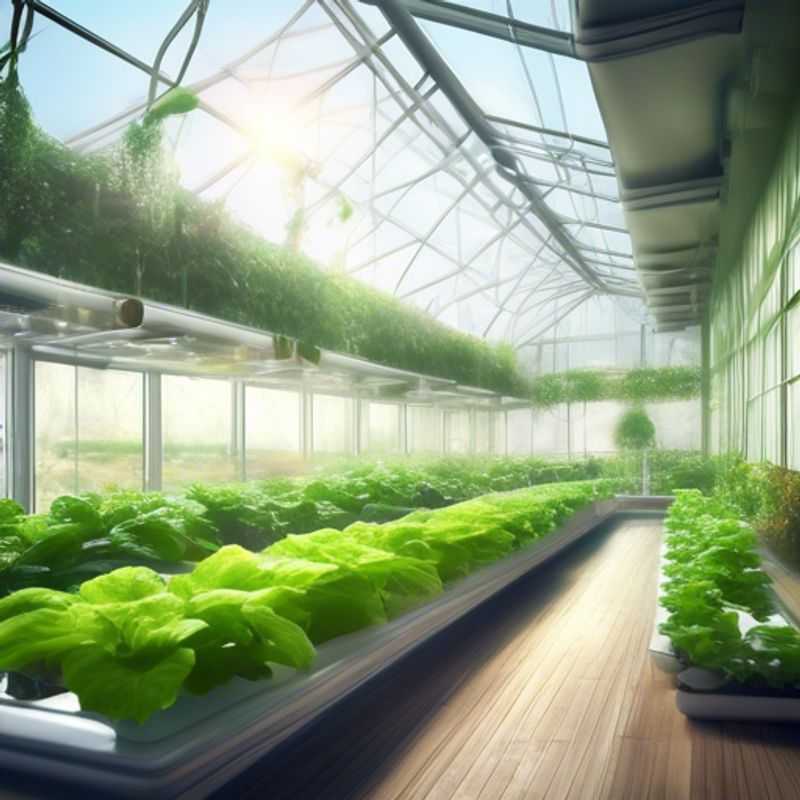
Mastering the Microclimate: Temperature, Humidity, and Airflow Control in Your Grow Area
Monitoring and adjusting temperature, humidity, and airflow in a grow area is crucial for optimal plant growth and yield. This is achieved through a combination of environmental monitoring equipment and HVAC systems.
Temperature: Ideal temperatures vary depending on the plant species, but generally range from 65°F to 85°F (18°C to 29°C). A thermometer placed inside the grow area provides real-time readings. For temperature control, consider fans, heaters, and air conditioners.
Humidity: The optimal humidity level for most plants is between 40% and 70%. A hygrometer measures humidity levels. Humidifiers and dehumidifiers can be employed for humidity control.
Airflow: Proper airflow is essential for preventing fungal diseases and promoting healthy plant growth. Fans create air circulation, ensuring even distribution of temperature and humidity.
Monitoring and adjusting: Regularly monitor temperature, humidity, and airflow. Adjust HVAC systems as needed to maintain optimal levels for your specific plants. Consistent monitoring and adjustments will lead to healthier plants and a more successful grow operation.
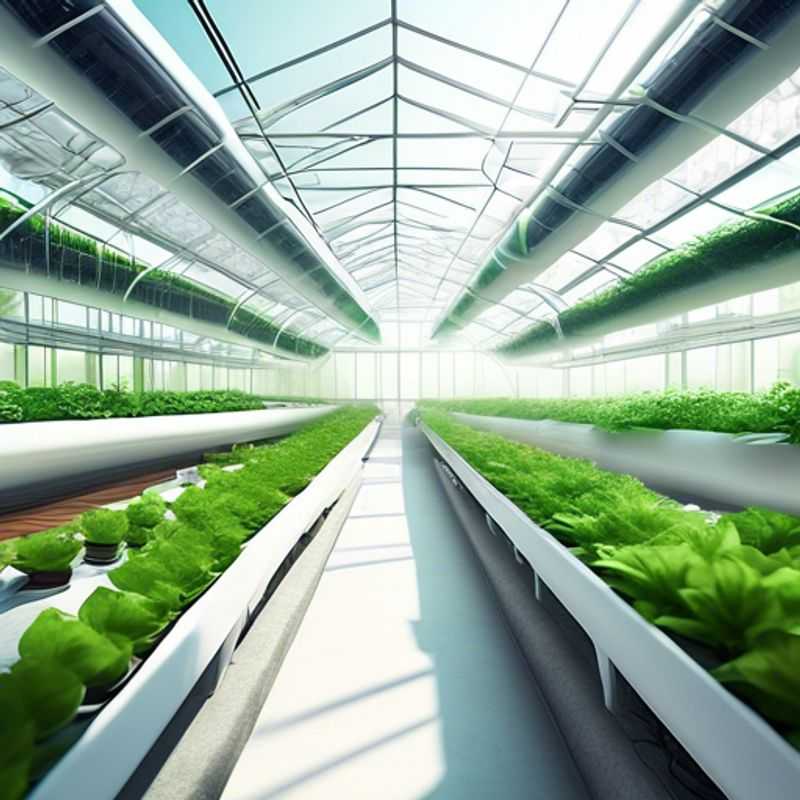
Hydroponic Transplanting: A Step-by-Step Guide for Seedlings and Cuttings
Transplanting seedlings and cuttings into a hydroponic system requires a gentle touch and a few key considerations. Proper handling is crucial to minimize stress and ensure successful growth. Here's a simplified guide for a smooth transition:
1. **Prepare your seedlings or cuttings:** Gently loosen the root ball of seedlings and trim any damaged roots. Cuttings should have fresh, healthy cuts.
2. **Hydroponic setup:** Ensure your system is filled with the appropriate nutrient solution and has reached the desired temperature.
3. **Planting:** Make small holes in your growing medium, large enough to accommodate the root system. Carefully insert the seedlings or cuttings, making sure the roots are covered and not exposed.
4. **Stabilization:** Use netting or supports to help young plants stay upright, especially if they are tall or delicate.
5. **Monitoring and adjustments:** Observe your plants closely for signs of stress, such as wilting or discoloration. Adjust nutrient levels and lighting as needed to provide optimal conditions.
6. **Patience and care:** Allow your plants a few days to adjust to the new environment before making any major changes to your system. Be patient and consistent in your care, and soon you'll be enjoying the benefits of your hydroponic garden.
